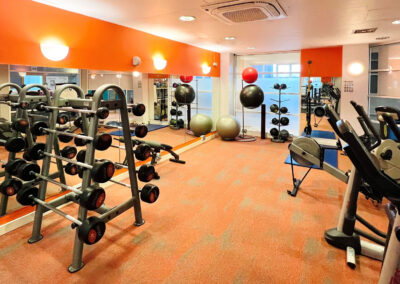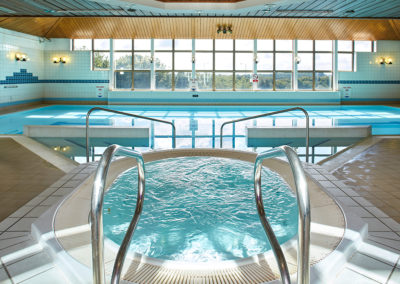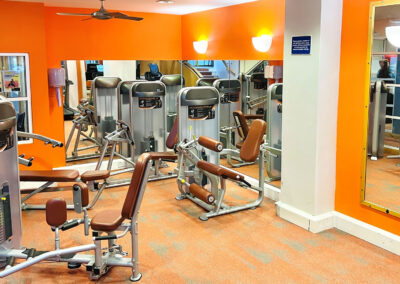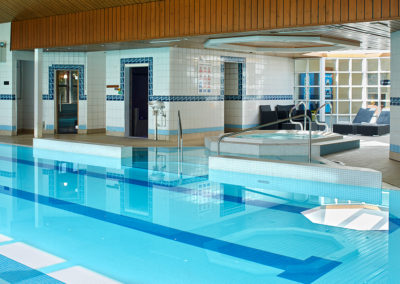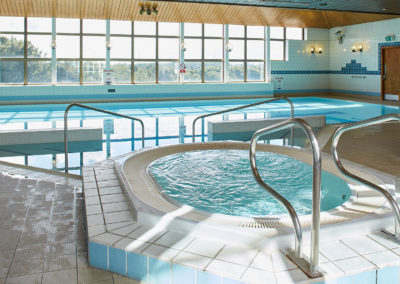JOIN SLOUGH TODAY
AND GET 2 MONTHS FREE!
JOIN US
When you sign up to an annual membership you received 2 months free!
Open Hours
Mon – Fri: 6.30am – 9.00pm
Saturday: 8.00am – 9.00pm
Sunday: 8.00am – 8.00pm
Call Us
01753 607 344
Welcome to Motion Health Club at Slough
Conveniently located in central Slough, the Motion Health Club is situated within the Copthorne hotel. We have an indoor swimming pool, cardio gym, dedicated weights area, spa, sauna and steam room. Whether you are using our facilities to work out or unwind, we have something for everyone.
Once you join our health club in Slough, you will receive a free induction ensuring you know how to use the gym equipment, and we will tailor a personal programme to you. We then offer all members a free review of this programme every 6-8 weeks to update your workouts and assist towards achieving your goals.
Children are welcome to use the swimming pool, but those under 16 should accompanied by an adult at all times and to ensure the safe use of the pool we have a 2 to 1 ratio of children to adults that has to be adhered to.
